Suggestions for a fall-blooming white espalier
missingtheobvious
13 years ago
Related Stories
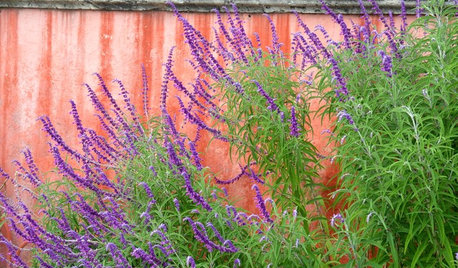
GARDENING GUIDES10 Plants for Colorful Fall Blooms in the Drought-Tolerant Garden
Want fall color but not a big water bill? Consider these not-too-thirsty fall bloomers
Full Story
GARDENING GUIDESGreat Design Plant: Ceanothus Pleases With Nectar and Fragrant Blooms
West Coast natives: The blue flowers of drought-tolerant ceanothus draw the eye and help support local wildlife too
Full Story
NATIVE PLANTSGreat Native Plant: Grow Wild Quinine for Its Unique Clusters of Blooms
Get connoisseur cred and unique blooms with this uncommon plant. Bonus assets: It’s low maintenance and drought tolerant
Full Story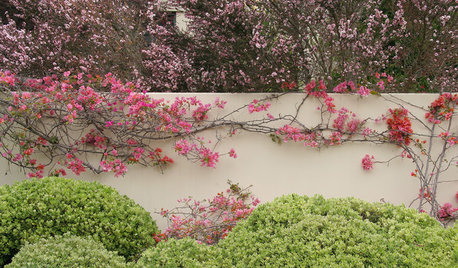
LANDSCAPE DESIGNThe Art of the Espalier
Go ahead, let limited garden space drive you up the walls. With these 6 ways to train plants vertically, it can be a beautiful thing
Full Story
GARDENING GUIDESTop 12 Summer-Blooming Perennials for Deer-Resistant Drama
Can you have garden color, fragrance and exciting foliage with hungry deer afoot? These beauties say yes
Full Story
GARDENING GUIDESHow to Prune Your Flowering Shrubs for the Best Blooms
Less is often more when it comes to properly pruning flowering shrubs. Here’s what to do and why
Full Story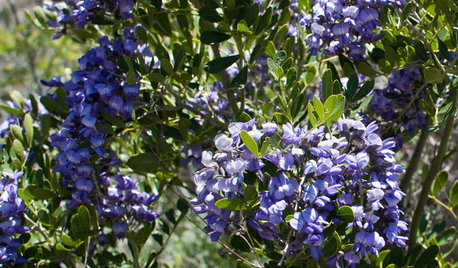
TREES6 Unsung Spring-Blooming Trees
Billowy blooms and rare fragrances will make you wonder how these flowering trees could ever have been underused in landscapes
Full Story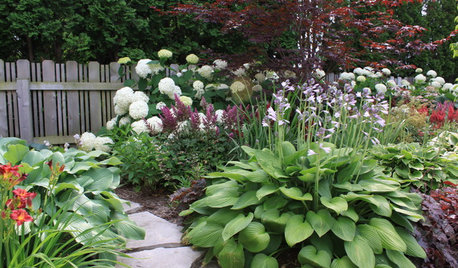
MOST POPULARSpring Gardens Are Blooming — Here’s What to Do in April
Get the guide you need for gardening in your U.S. region, with tasks, climate-appropriate plantings and more
Full Story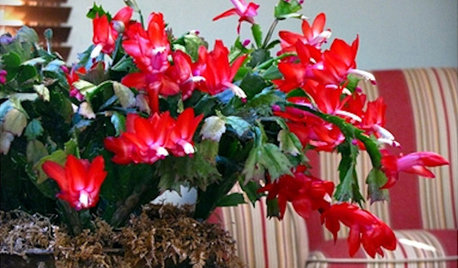
HOUSEPLANTSGreat Houseplant: Holiday-Blooming Cactus
You may know it as Christmas cactus, but whichever holiday floats your boat, this plant is a year-round beauty
Full Story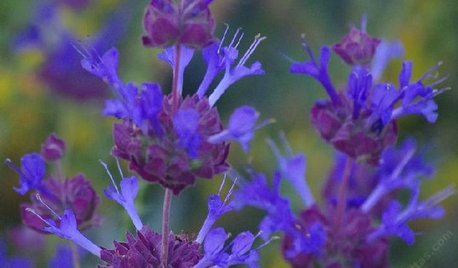
GARDENING GUIDES8 Flowers That Dazzle With Fall Color
From flaming orange to supersaturated purple, these blooming beauties will set your fall garden ablaze with vivid hues
Full Story





luis_pr
Embothrium
Related Professionals
Elwood Landscape Architects & Landscape Designers · Fitchburg Landscape Architects & Landscape Designers · Glassmanor Landscape Architects & Landscape Designers · Oatfield Landscape Architects & Landscape Designers · Columbine Landscape Contractors · Fort Atkinson Landscape Contractors · Framingham Landscape Contractors · Holtsville Landscape Contractors · Lakewood Landscape Contractors · Roswell Landscape Contractors · Royal Oak Landscape Contractors · Vineyard Landscape Contractors · Waterford Landscape Contractors · Drexel Hill Swimming Pool Builders · Glenn Heights Swimming Pool Buildersjay_7bsc
Embothrium
rhizo_1 (North AL) zone 7
jamesmaloy
ozzysboy